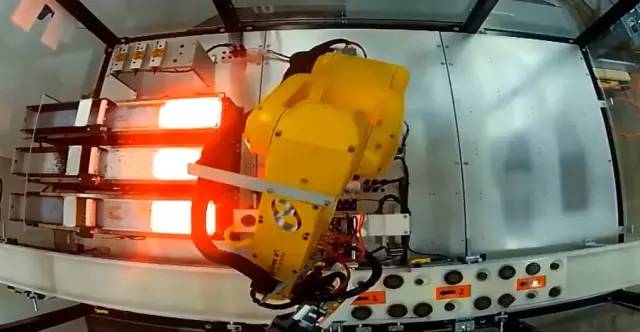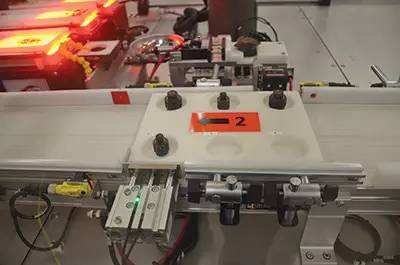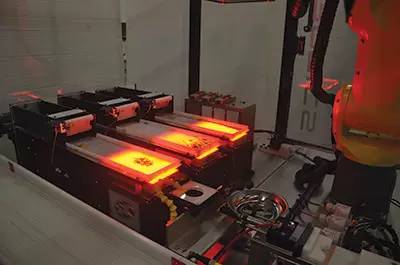The assembly of electronic connectors for the aerospace industry is a very complex operation, and in the past this assembly task was done by hand. During the assembly process, a number of metal pins and plastic insulated sealing plugs are required to be inserted into electronic connectors of various sizes and shapes to ensure they meet the stringent standards of the aerospace industry.
Traditional assembly requires a lot of manual work, which is time consuming, costly, and error prone. To alleviate manual operations, reduce costs, and improve reliability in this assembly task, a US aerospace connector manufacturer commissioned FANUC robotic system integrator, Durabotics, to develop a vision-based robotic unit for connectivity. Automation of the assembly process.

The assembly process required by the customer and its complexity require the assembly of connectors of various types and sizes. Specifically, robots must be able to identify more than 60 different types of connectors, and each type of connector requires approximately 100 3-6 different metal pins and plugs.
First, the tray with the six connectors is transported to the robot assembly unit. Each tray contains connectors of different types and sizes with a barcode on the side of the tray. By scanning the barcode, the system automatically recognizes the type and size of the connector in the current tray and determines the pins that need to be attached to the connector. Plug combination.

  
The robot uses the long arm model of the FANUC LR Mate 200iD/7L universal robot with a reachable radius of 911MM and a handleable mass of 7KG.
The LR Mate 200iD features a high-rigidity arm and sophisticated servo control technology that is less prone to vibration at high speeds and provides high-speed, smooth motion. In addition, the size of the robot is similar to that of the human arm, so it can be installed in a small space for use. The robot-mounted end effector integrates three main parts: First, to capture the image of the part, the FANUC iRvision vision system is mounted on the end effector and contains a camera and ring light.
Second, a tool changer provides a vacuum electrical and mechanical connection to four custom double-ended tools located adjacent to the tool holder. Finally, a universal gripper is used to load and unload all types of connectors on the pallet.
When the system scans the bar code and identifies the connector type, the robot takes a picture of the first connector and compares it with the database to confirm that the connector is the correct connector. The robot then grabs the connector and places it into the V-clamp assembly station where the connector is clamped.
The camera on the arm end of the robot again captures the image of the connector to determine the position and orientation of the connector inside the fixture and is ready to assemble the metal pins and plug into the connector.
The robot then selects the appropriate end effector to pick up the metal pins and plugs from one of the three illuminated feed shakers. The system can also add three additional shaking tables as needed. The feed shaker separates the parts by vibration, a process that enables the robot vision system to identify each individual part.

During the picking process of each part, the robot handling part passes through a straightening tool to ensure that the part is in the correct orientation on the end effector. Then, each part is sent to another camera to capture an image of the part and confirm that it is the correct pin and plug to be inserted.
The robot then inserts the part into the connector until it is fully installed. The robot continues to assemble the connector until all parts have been assembled. Once the task is completed, the robot places the finished connector in the same position in the tray from which the connector was originally picked. When all the connectors in the tray have been assembled, the tray is carried away by the conveyor, the next tray will enter the station and all of the above assembly processes will be repeated.
Due to the modular nature of the system, it can be easily adjusted to accommodate more different types of metal pin and plug assembly tasks by adding more feed shakers. By making minor modifications to the vision system, such as adding a camera above the feed shaker, the throughput of the system can also be increased when needed.
2D Scanner ,2D Wired Barcode Scanner,2D Barcode Scanner Online,2D Code Scanner
ShengXiaoBang(GZ) Material Union Technology Co.Ltd , https://www.sxbgz.com